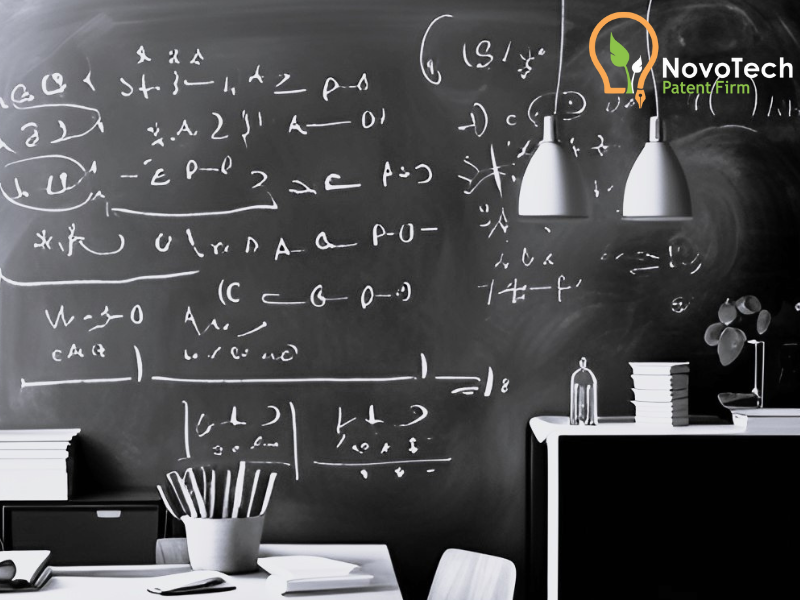
Can You Patent an Algorithm? Understanding the Complexities of Algorithm Patents
By Babak Akhlaghi on March 14, 2024.
In today’s digital age, algorithms play a crucial role in powering various technologies, from search engines and social media platforms to self-driving cars and medical devices. As algorithms become increasingly integral to innovation and business success, the question arises: Can you patent an algorithm? Let’s delve into the complexities surrounding algorithm patents to shed light on this topic.
Understanding Algorithm Patents:
At its core, a patent is a form of legal protection granted by the government that gives inventors exclusive rights to their inventions for a limited period. Patents typically cover inventions that are novel, non-obvious, and have utility. However, when it comes to algorithms, the issue becomes more nuanced due to their abstract and mathematical nature.
The Patentability of Algorithms:
It has long been established that mathematical algorithms alone are not eligible for patent protection. However, in many jurisdictions, including the United States and Europe, patent law allows for the patenting of algorithms combined with additional elements under certain conditions. To obtain a patent for an algorithm, inventors must demonstrate that their claimed invention (the algorithm combined with additional concrete elements) meets the criteria for patentability. This includes showing that the claimed invention is novel, non-obvious, and has a practical application.
Novelty and Non-Obviousness:
One of the primary requirements for patentability is novelty, which means that the the claimed invention (algorithm combined with additional elements) must be new and not previously disclosed or publicly known. Additionally, the claimed invention must be non-obvious, meaning that it must involve an inventive step that is not readily apparent to someone skilled in the relevant field.
Practical Application:
Another key requirement for patentability is demonstrating a practical application for the claimed invention. This means that the algorithm must have real-world utility and solve a specific technical problem (e.g., results in an improvement in the functionality of a computer).
Challenges and Considerations:
While it is possible to patent algorithms, obtaining a patent for an algorithm can be challenging due to the abstract and complex nature of algorithms. Inventions that are purely abstract in nature are not patentable – they must be implemented in a practical application. Patent examiners may require detailed explanations and evidence not only of the algorithm’s novelty and non-obviousness, but also its practical application.
Legal Precedents and Case Law:
The question of whether algorithms can be patented has been the subject of much debate and legal interpretation. In landmark cases such as Alice Corp. v. CLS Bank International, the Supreme Court of the United States clarified that abstract ideas, including mathematical algorithms, are not eligible for patent protection unless they are applied in a concrete and practical manner. In other words, to be patentable, in addition to novelty and non-obviousness requirements, the algorithm must be implemented in a practical application.
Strategic Considerations:
Given the complexities and uncertainties surrounding algorithm patents, inventors and companies must carefully consider their patent strategy. This may involve consulting with experienced patent attorneys, conducting thorough patent searches, and drafting patent applications that emphasize the practical applications and technical improvements achieved with the use of the algorithm.
Conclusion:
In conclusion, the question of whether you can patent an algorithm depends on various factors, including novelty, non-obviousness, and practical application. While obtaining a patent for an algorithm can be challenging, it is possible to do so under certain conditions. By understanding the complexities of algorithm patents and navigating the patent process strategically, inventors and companies can protect their innovations and drive progress in the digital age.
Subscribe to our Newsletter to stay updated on the latest patent news. Looking forward to connecting with you!